It is commonly thought that the date of her birth was the 22nd April in 1444 however, in the Annals of William Worcester the date of her baptism is quoted as being five months later on the 22nd September, and as it has quite rightly been pointed out it is unlikely that a child would be left unbaptised for such a long period. Therefore we can assume that Elisabeth was born on the 21st September in 1444 in France at the time when Henry VI was playing yo-yo with her father's career - the time between Henry appointing the Duke of York as Lieutenant of France and the death of John, Beaufort the Duke of Somerset in the May of that year.
Elizabeth marriage to John de la Pole was thought to have been arranged by de la Poles mother Alice, it took place three years after the first Battle of St Albans at a time that is often considered the beginning of the Wars of the Roses.
At the time of John de la Pole becoming Duke of Suffolk his family was one of the least wealthy titled families in the country - although if his marriage to Margaret Beaufort (John Beauforts daughter) had not been annulled John's life may have been a different one altogether. The fifteen-hundred pounds that Elizabeth brought to the marriage was not a patch on what Margaret would have brought, made little difference to his finances.
Although this marriage allied de la Pole to the Yorkist party he is noted as having not shown any true support for either side. However, in 1461 he had made his decision, fighting for the Yorkist at the second Battle of St Albans and at Towton.
Elizabeth assumed the title of Duchess of Suffolk in the May of 1450 when John became Duke of Suffolk following the murder of his father William de la Pole. Elizabeth gave birth to eleven children, she would outlive eight of them. The three son who did survive their mother were Edmund, William and Richard all would suffer due to the Yorkist blood that ran through their veins.

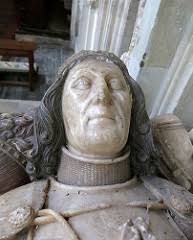
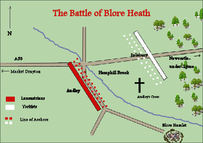

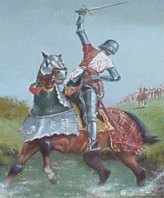
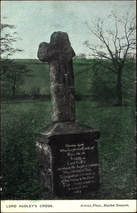
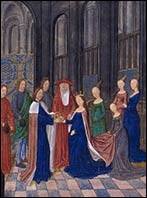
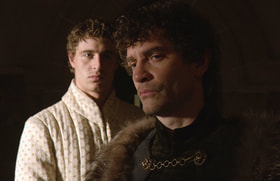
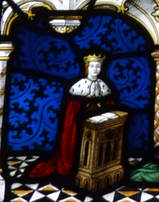
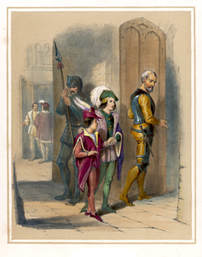
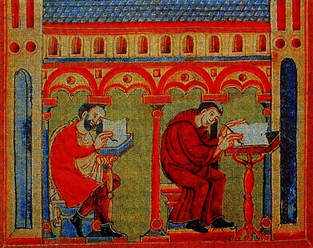
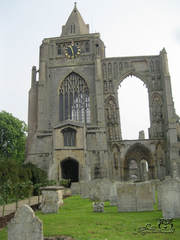
 RSS Feed
RSS Feed
